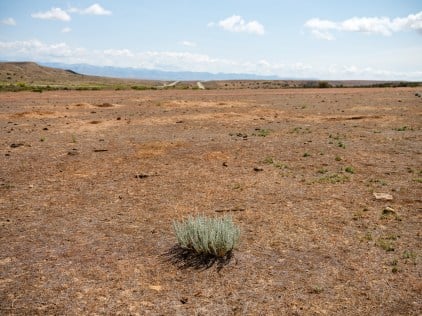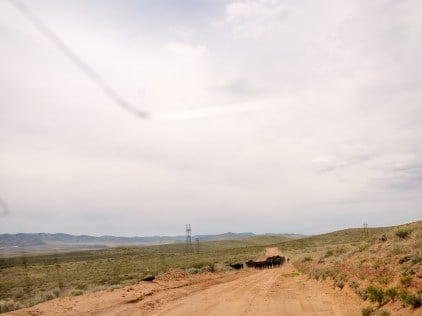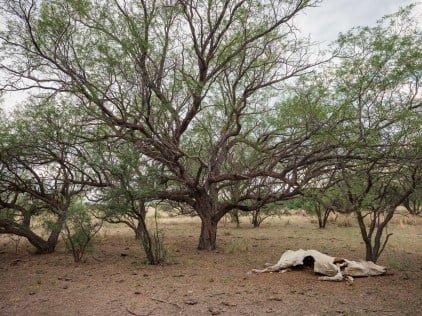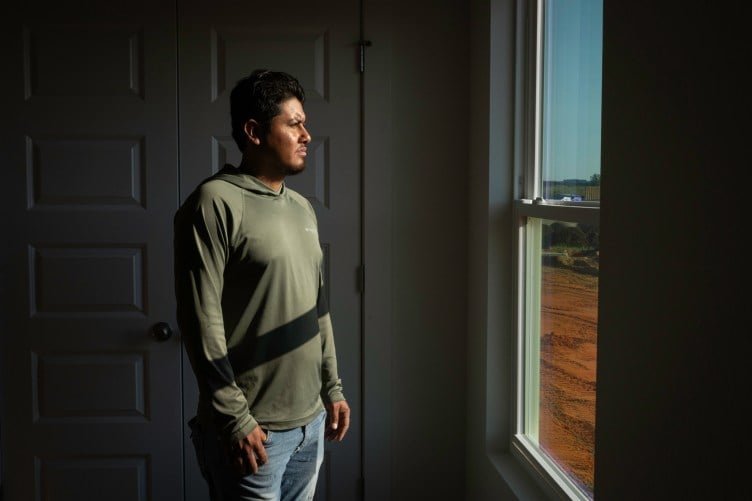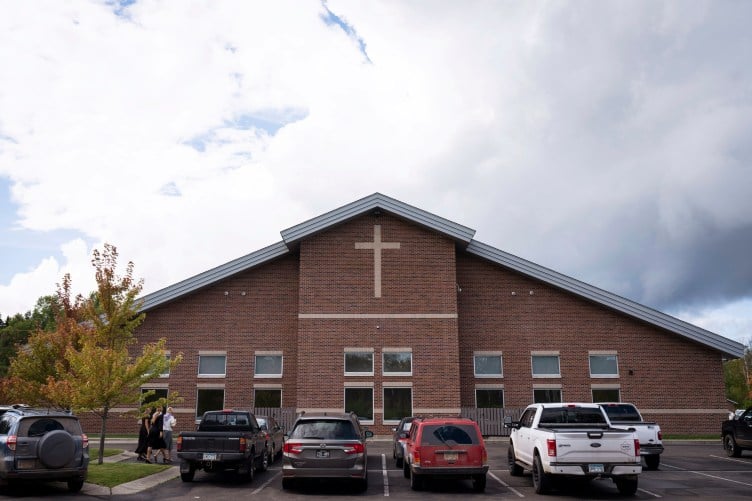One year ago this week, the remnants of Hurricane Ida swept through the Northeast, causing flash floods and laying bare one of the dangers of stormwater drainage systems. In New Jersey alone, at least five people were sucked into open pipes and culverts. Four of them died.
After ProPublica’s story about the long-neglected problem of dangerous storm drains and their toll of at least three dozen deaths since 2015, federal and local officials were moved to action.
This April, the Department of Housing and Urban Development added an “important consideration” to its guidance for HUD housing developments: Those doing environmental assessments should consider whether nearby stormwater infrastructure includes “measures like grates or fencing to prevent drownings during floods.”
HUD officials said they made the change after reading the ProPublica article and speaking with featured officials from Denver’s Mile High Flood District. The Denver district has for years preached the importance of installing grates on some inlets to prevent people from getting sucked in when the area floods and stormwater rushes toward an open drainage pipe, which is often out of sight below the waterline. The Mile High district has developed criteria that cities and towns can use to determine which openings might be dangerous enough to warrant a covering.
Holly Piza, research and development director with the Mile High Flood District, said the HUD move could save lives. “It’s fantastic that the [grate] research has gotten this intense attention on a national level,” she said. “This research can save lives if we have the attention of those that can help increase awareness and make a difference.”
Her organization, along with Colorado’s Larimer County Dive Rescue Team, Colorado State University’s Hydraulics Lab and the engineering company AECOM, are now researching detailed metrics that municipal engineers could use to decide exactly how to position a grate and which type of grate would best fit a given drain. Once the research is complete, HUD officials said they will consider whether to incorporate it into their trainings on environmental assessments or floodplain management.
Piza also said that officials from several municipalities reached out to the Denver district in the past year to ask about how to secure their drains.
The number of storm drain deaths continued to rise in 2022. In June, a 10-year-old boy, his father and another man were killed in Milwaukee when they were pulled into a large drainage culvert after heavy rains. The boy fell into the ditch while chasing a soccer ball. His father and the other man jumped in to save him.
And in Germantown, Tennessee, a youth football coach died in early August when he went into a storm drain to help save one of his players. The boy and his father, who also jumped into the drain, survived.
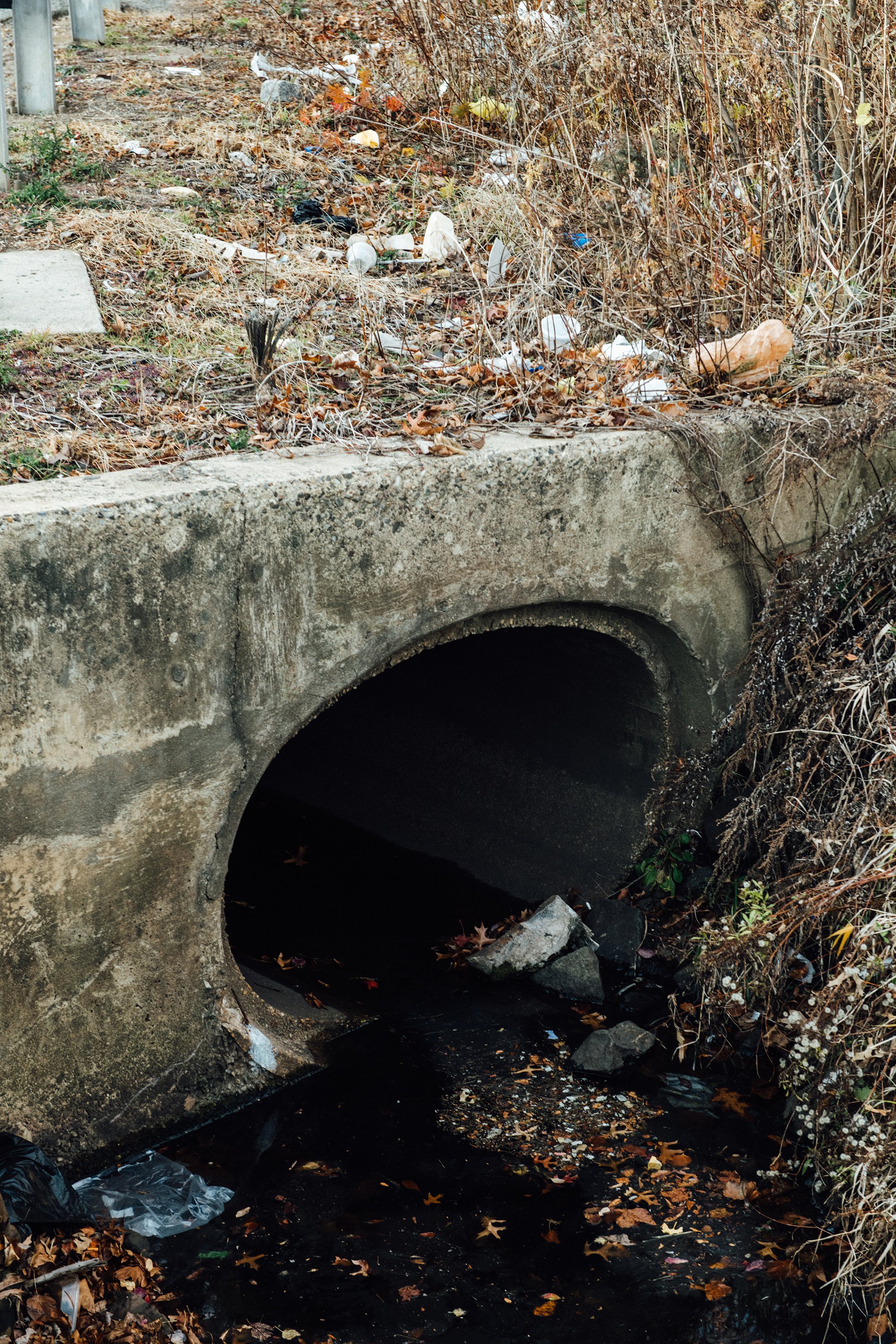
One community featured in ProPublica’s story has apparently not taken any action. ProPublica revisited South Plainfield, New Jersey, where two men were pulled through an underground pipe during Ida, and saw no apparent safety improvements. Middlesex County officials, who are responsible for the maintenance of the pipes, refused to answer questions; they also declined last year.
Communities that push back against grates often say the cost of putting them in and maintaining them is prohibitive. They also frequently cite the grates’ potential to exacerbate flooding if they get clogged with debris.
But two other New Jersey communities featured in the story have taken steps to prevent future tragedies.
In Maplewood during Ida, a father of two was pulled into a drainage system as he tried to clear debris from the inlet. He and his neighbors had complained for years about the pipe’s danger. Maplewood had to receive permission from New Jersey’s environmental department, which regulates tributaries and waterways, before it could grate the opening. The state was initially against the measure, but changed course after the death. The pipe is now covered with a grate.
And in Passaic, a large culvert has twice generated national news by pulling people in during flooding. In July 2020, DoorDash driver Nathalia Bruno was swept through the culvert after she fled her car during a flash flood, but she survived. Bruno recounted her harrowing story in news accounts, and city officials talked about installing grates and warning signs. But local engineers pushed back, saying grates would get clogged and lead to more flooding.
Then, during Ida a year later, best friends Nidhi Rana, 18, and Ayush Rana (no relation), 21, abandoned their flooded-out car and were sucked into the same drain that had pulled Bruno in. They died.
Like Maplewood, Passaic had to get approval from the state’s environmental department before it could move forward with any remedies. The city proposed grates similar to those suggested by the Denver flood district, along with fencing; both measures were rejected due to concerns about clogging and flooding, said Mayor Hector Lora.
According to Lora, the state now appears to be open to a grate system that would completely cover the culvert and could actually be walked on.
Lora said finding a remedy is a must.
“I don’t know how I stand in front of the community and tell them after having three individuals go through there that we still can’t do anything about it,” he said.









